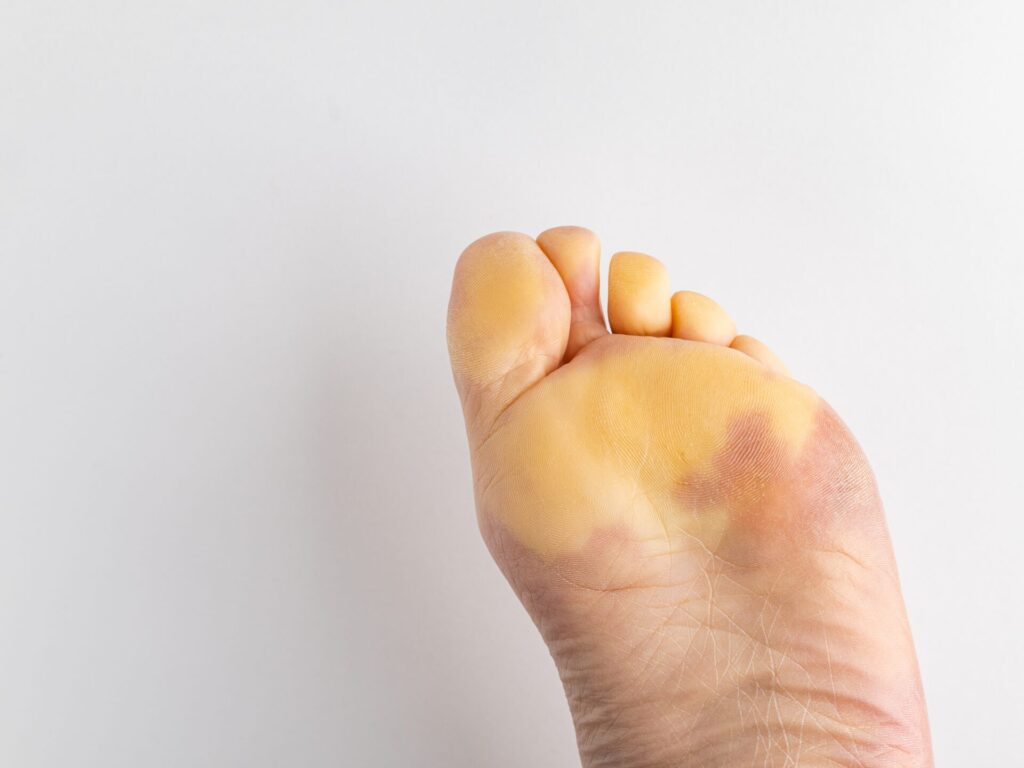Learn more about the condition – Raynaud’s Disease
Raynaud’s disease is the short-term interruption of blood flow to the extremities, such as the fingers and toes. It is a condition that can cause discomfort as the blood supply to your extremities becomes reduced. In general, fingers and toes are affected, but other parts of your body such as your nose, lips and ears can be affected too. It can happen in cold temperatures or when you’re in an emotionally stressful situation.
Women are more commonly affected, with about one in 20 people experiencing Raynaud’s disease at some stage in their lives. It can occur on its own (primary Raynaud’s phenomenon), or it can be linked to another disease or condition (secondary Raynaud’s phenomenon).
Symptoms of Raynaud’s Disease
Initially the affected fingers or toes appear white and may feel numb or cold, then turn blue. The colour can have a patchy appearance. As the blood returns they turn red and may feel painful with tingling, a feeling of ‘pins and needles’ or burning. The colour sequence is not the same for everyone with Raynaud’s disease.
These symptoms may last from a few minutes to a couple of hours.
Primary Raynaud’s Disease
Primary Raynaud’s phenomenon (or Raynaud’s disease or just Raynaud’s) is the most common form of Raynaud’s phenomenon. It affects more women than men, generally under the age of 30. If you have a family member with primary Raynaud’s, you’re more at risk of developing it.
Secondary Raynaud’s Disease
The most common causes of secondary Raynaud’s are underlying autoimmune disorders such as rheumatoid arthritis, scleroderma and systemic lupus erythematosus (lupus).
Other common causes are:
- mechanical vibration – such as using a power tool for long periods
- carpal tunnel syndrome
- atherosclerosis – narrowing of the arteries caused by a build-up of fatty plaques that can hamper blood flow to the extremities
- smoking – constricts blood vessels
- some medication – e.g. beta blockers, some chemotherapy agents and medication that causes blood vessels to narrow
- frostbite.
Here are some tips to help you prevent further episodes of Raynaud’s from occurring.
- Dress warmly, including wearing a hat to stop body heat escaping from the top of your head.
- Don’t get wet.
- Wear gloves, a scarf and warm socks on cool days.
- Try to avoid changes in temperature, which can bring on an attack.
- Quit smoking.
- Limit caffeine and alcohol.
- Exercise to increase blood flow.
If you have an attack, get warm and wiggle and massage your fingers and toes. Raynaud’s disease doesn’t usually cause permanent damage. However it can be a symptom of a more serious underlying illness, so it’s important to see your doctor if you experience it.
Are you suffering from this condition? One of our podiatrist can assist and then recommend what treatment options are best to get you back on track. ✅
Schedule an appointment here or you may call us at 44 (0) 207 101 4000. 📞
We hope you have a feetastic day! 👣☀️
-The Chelsea Clinic and Team




